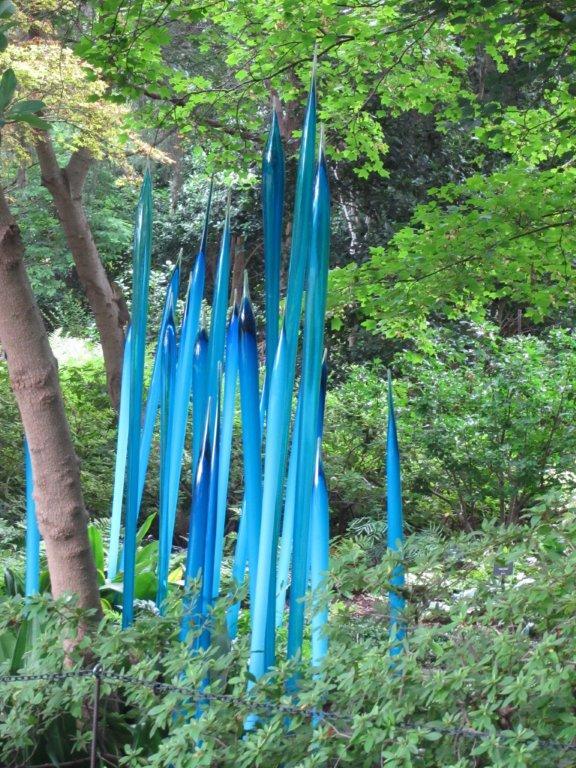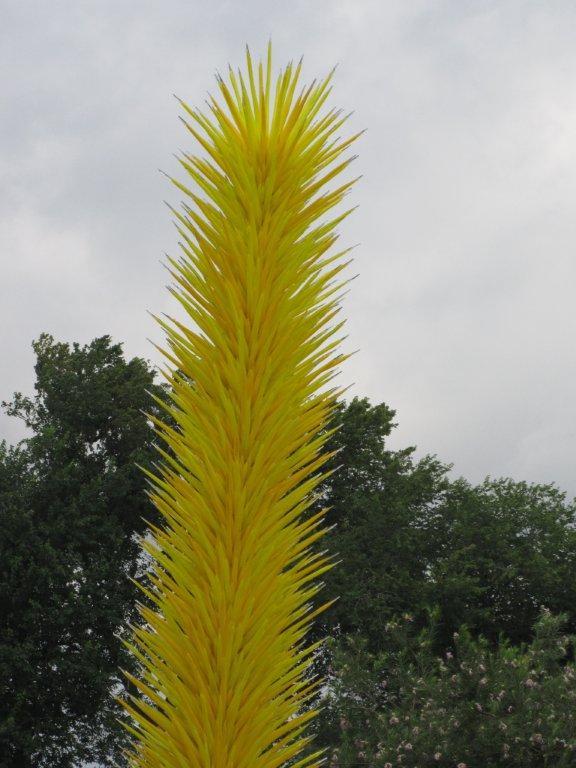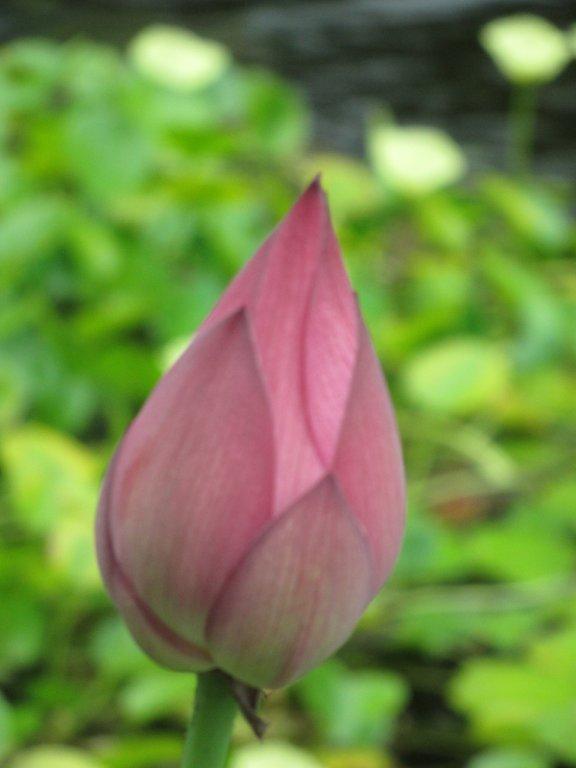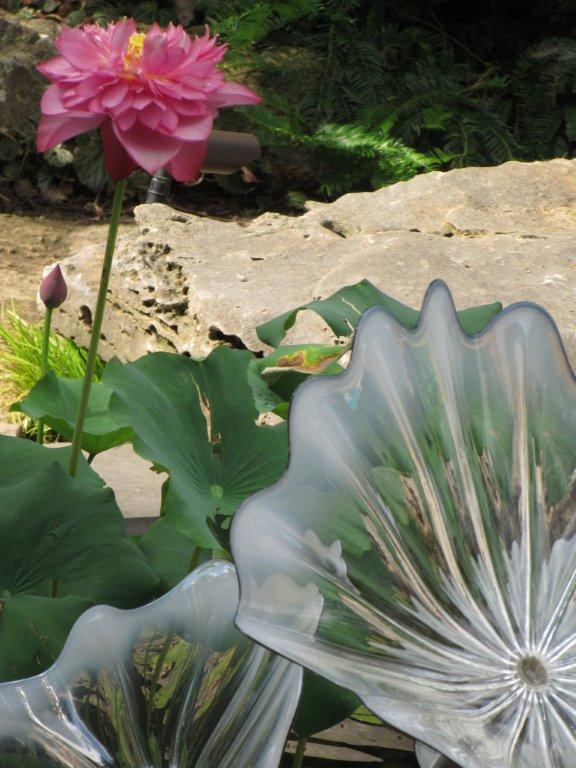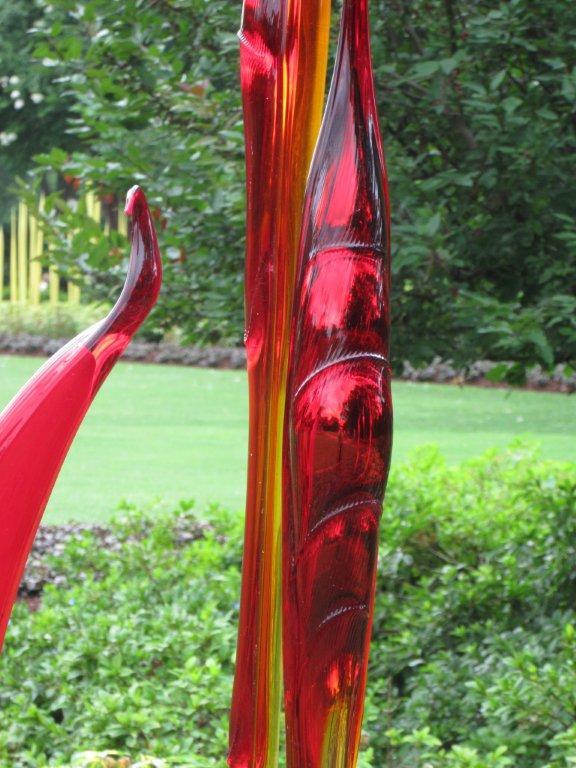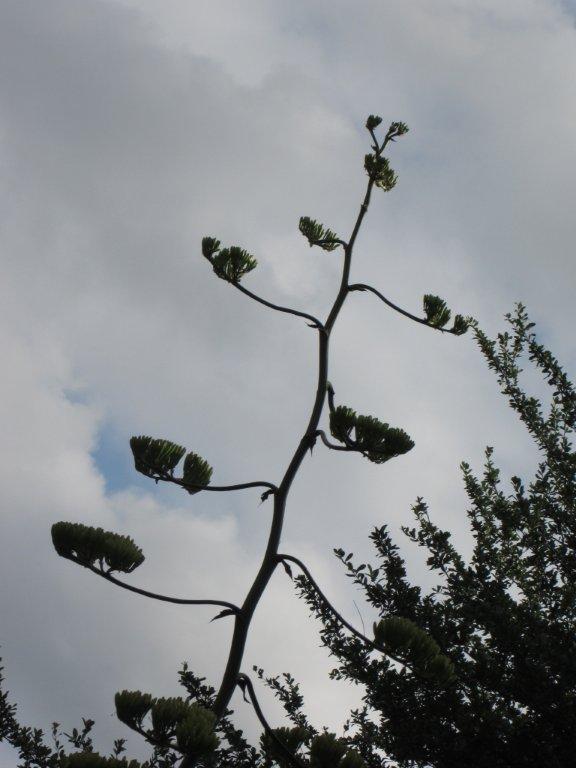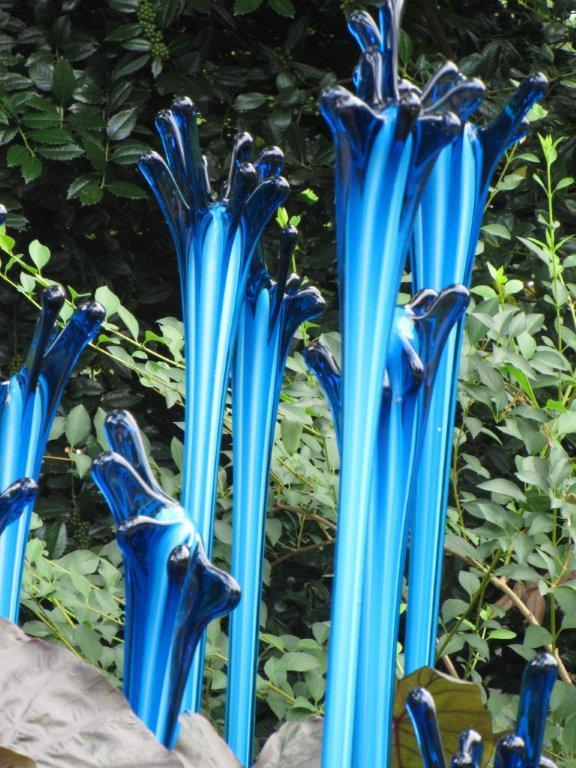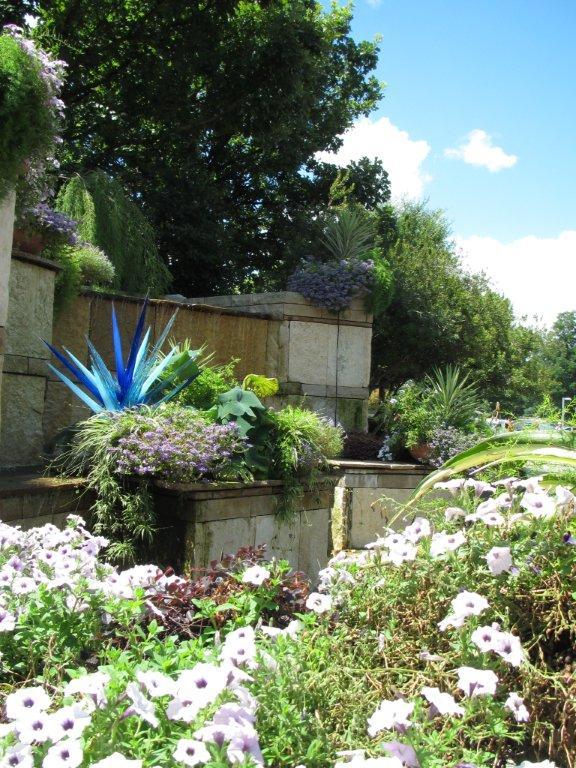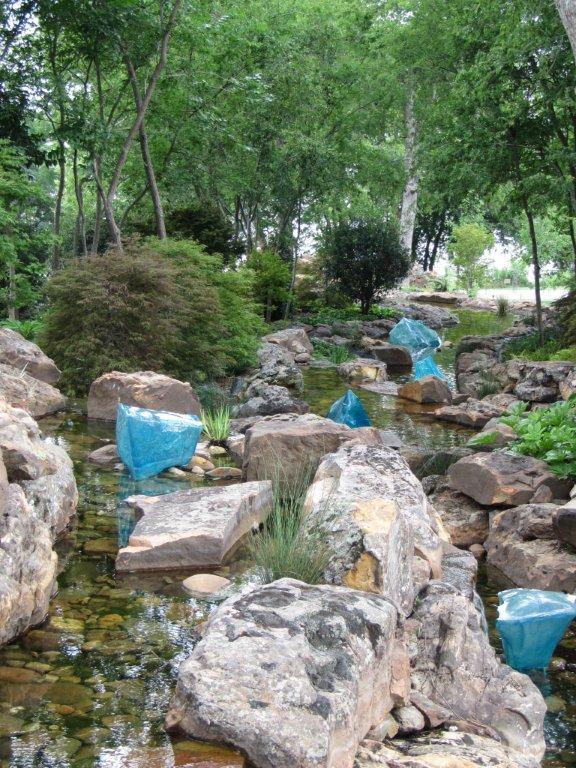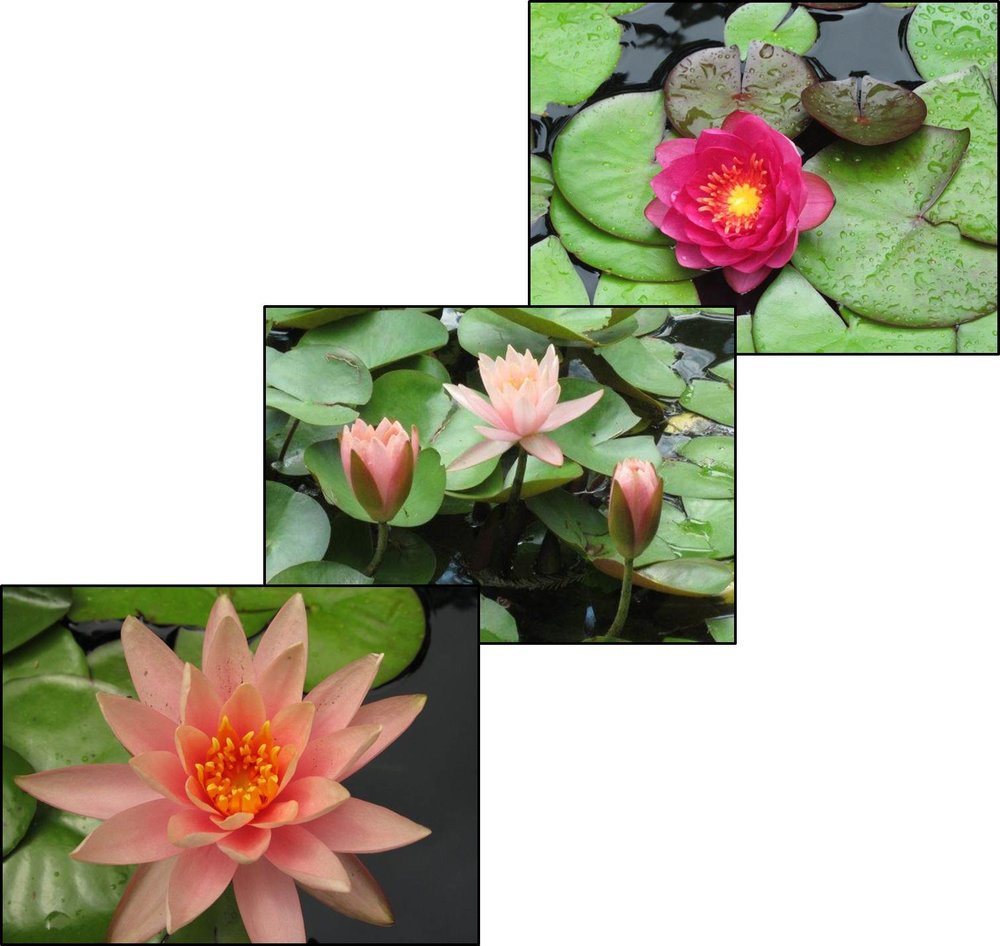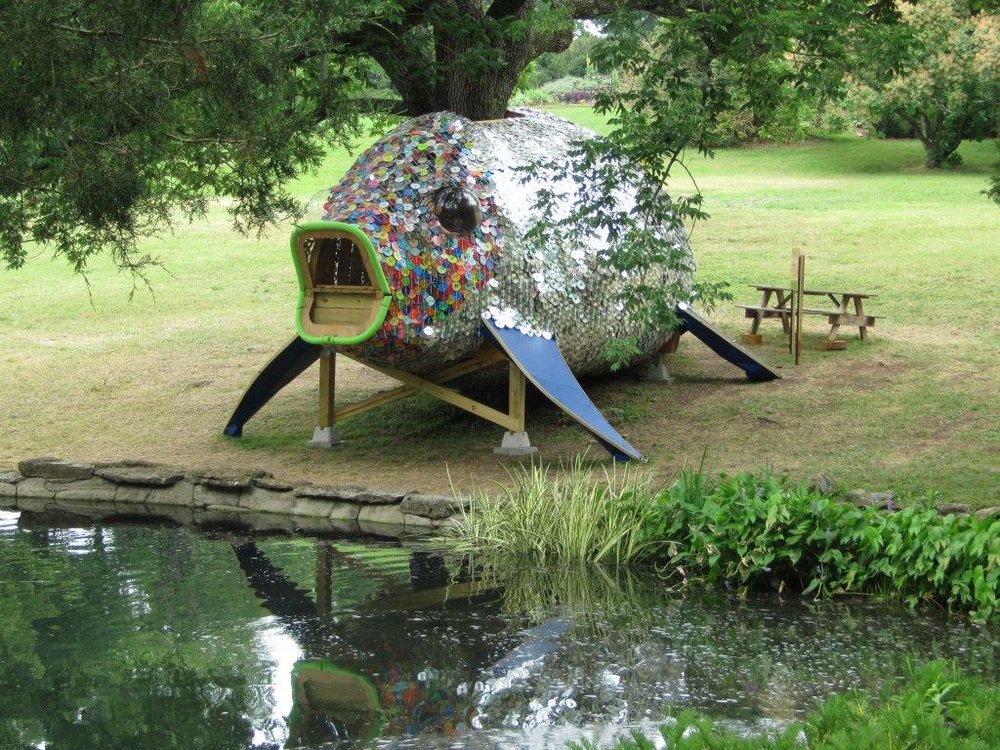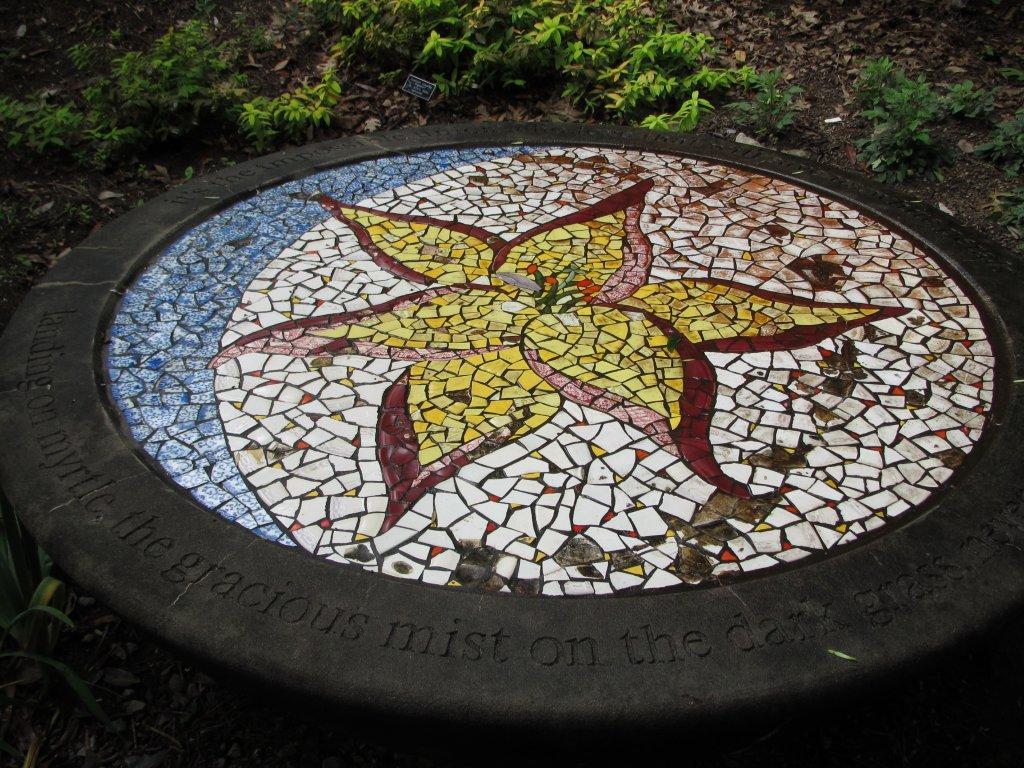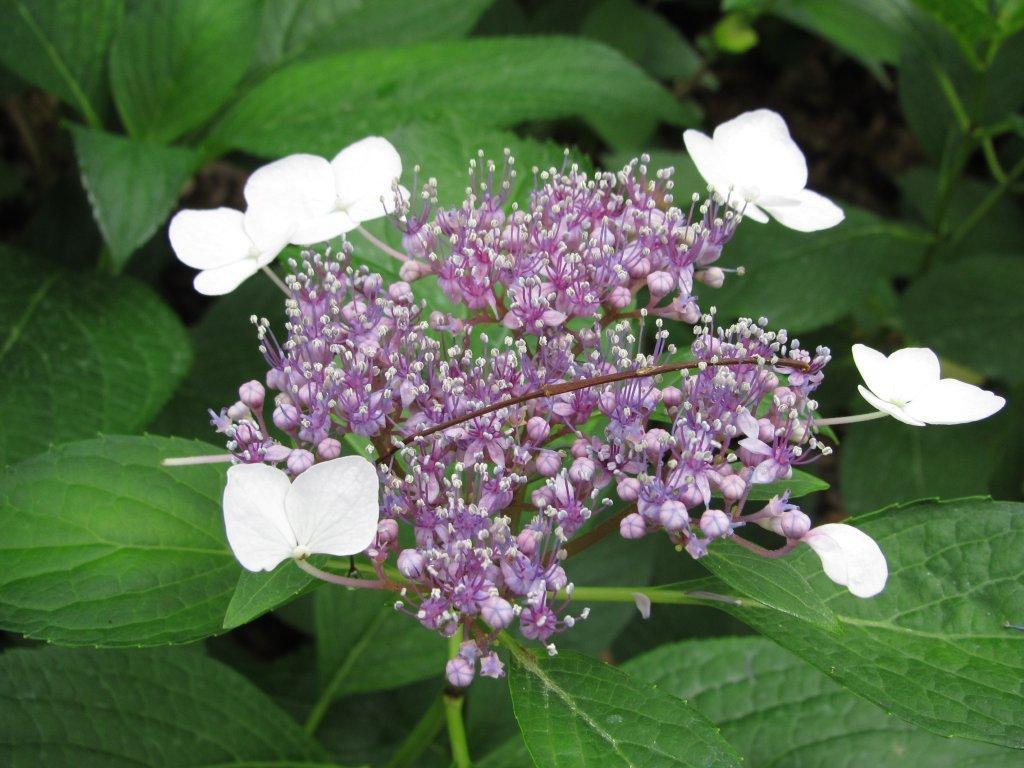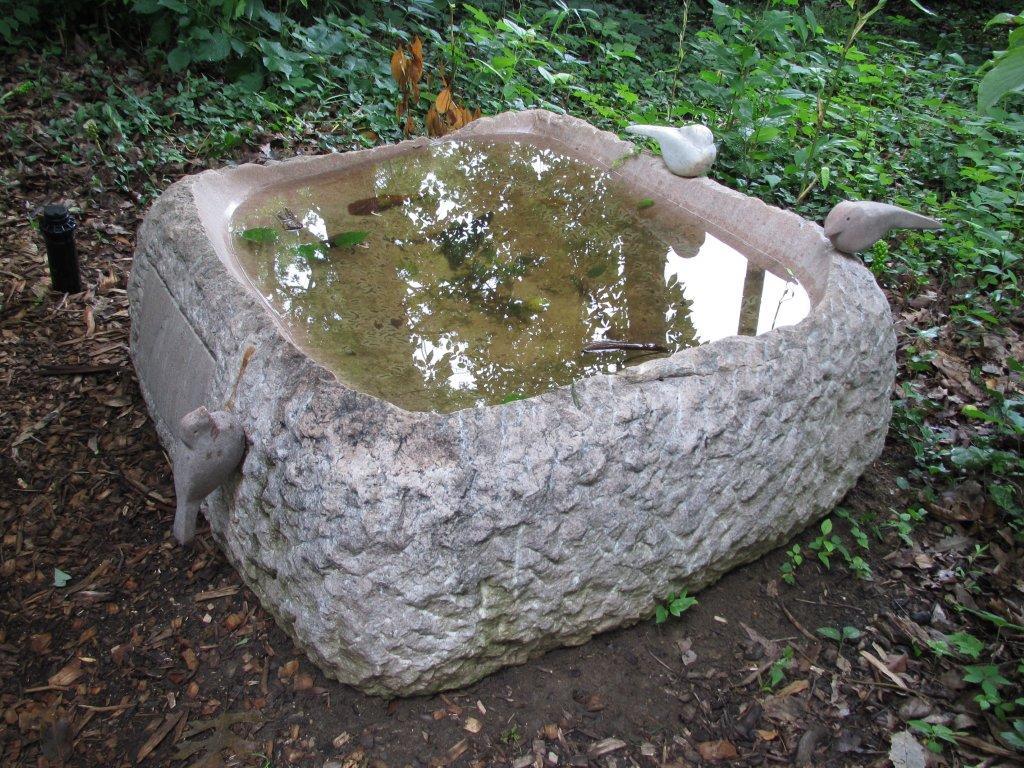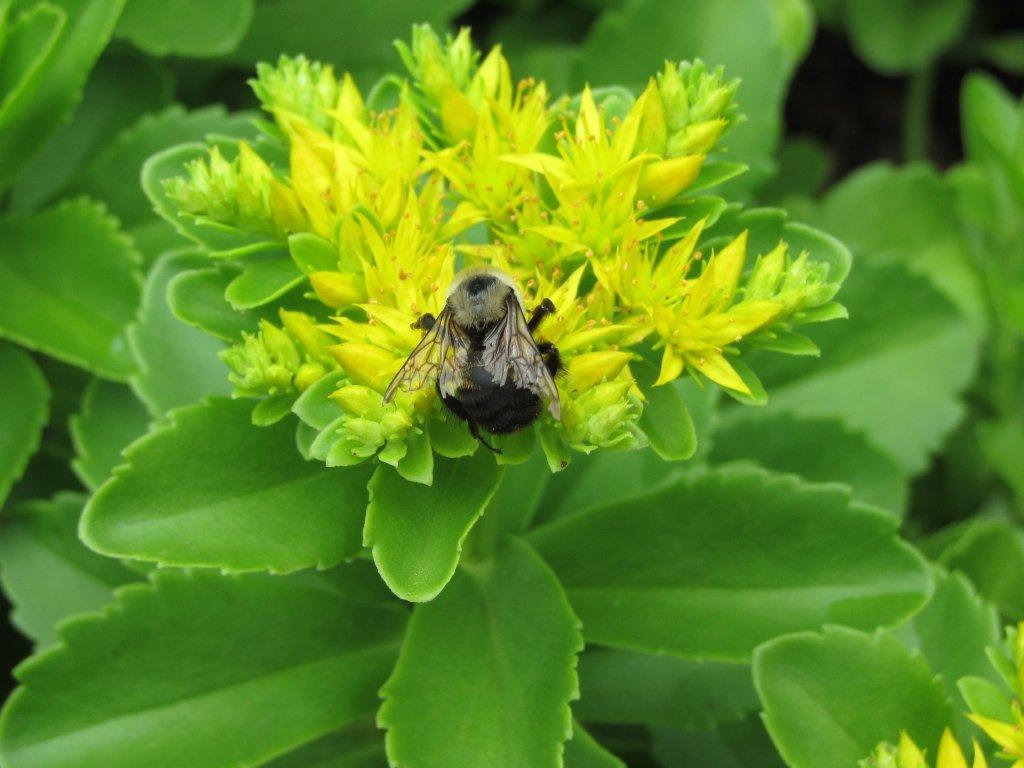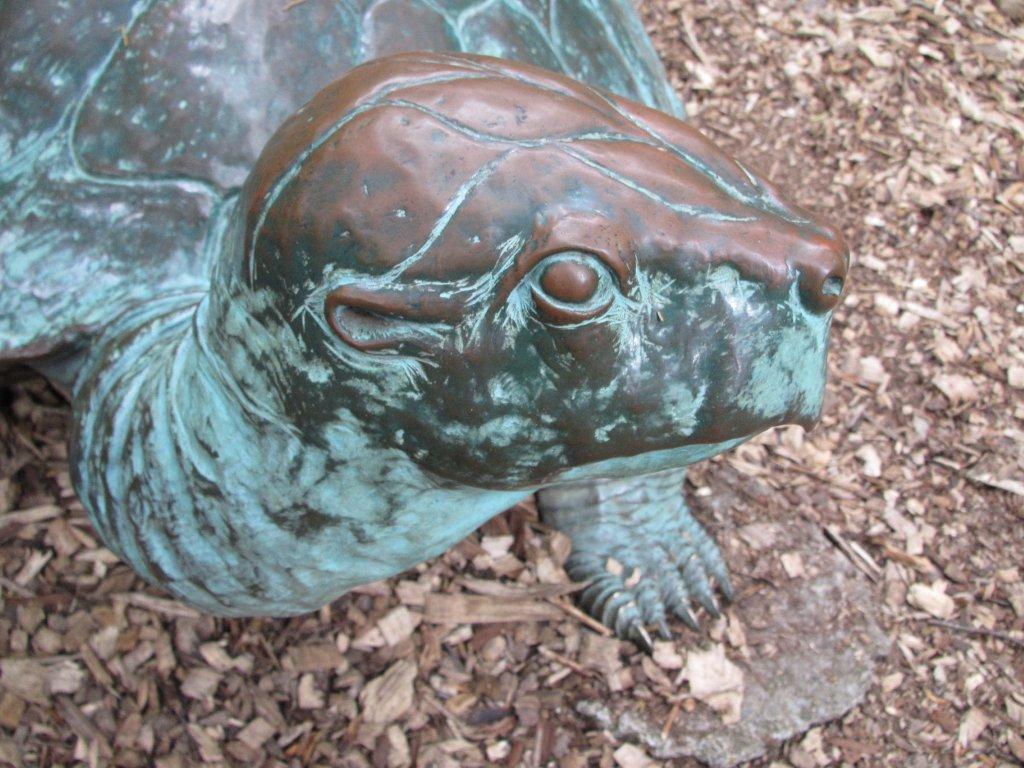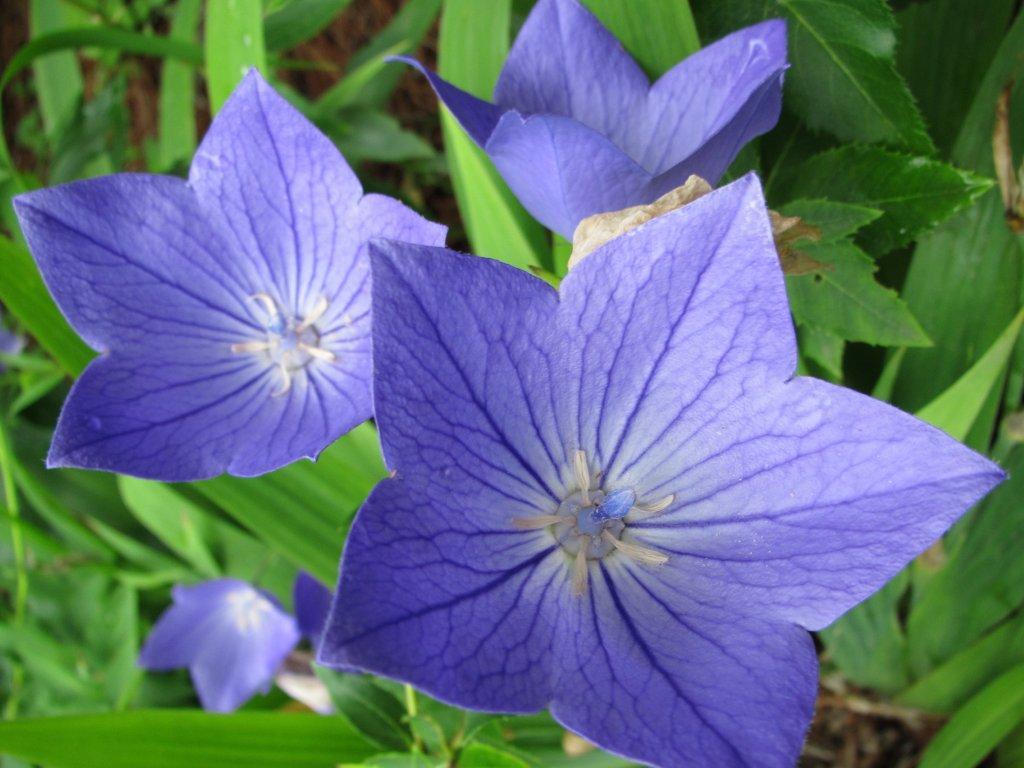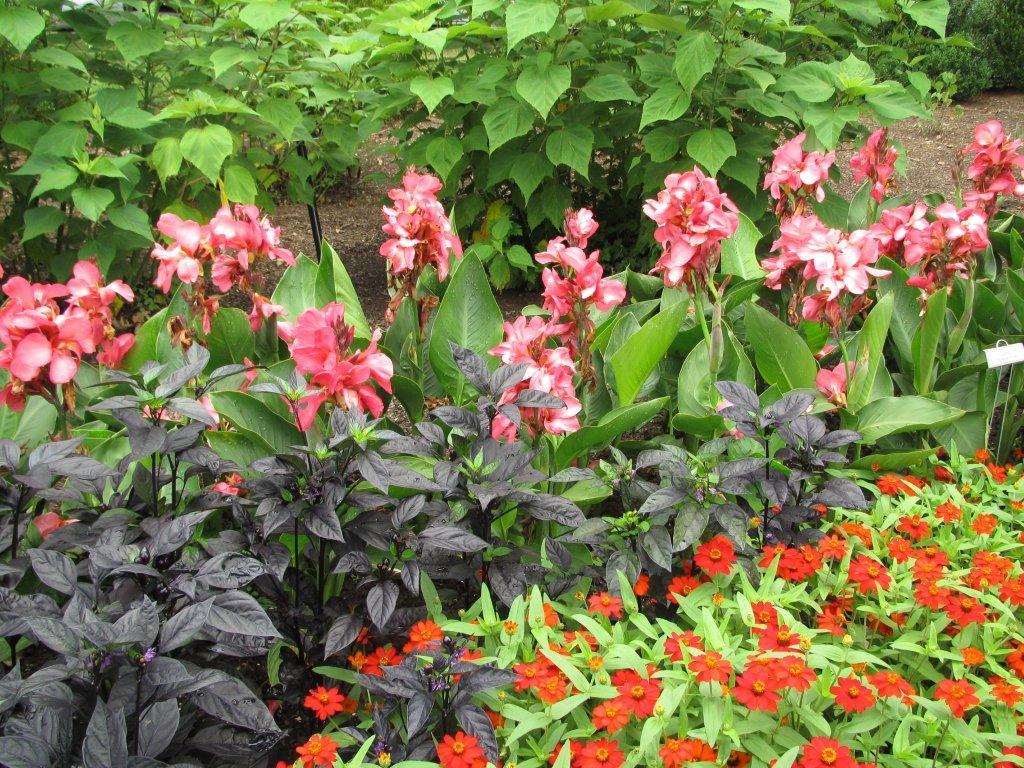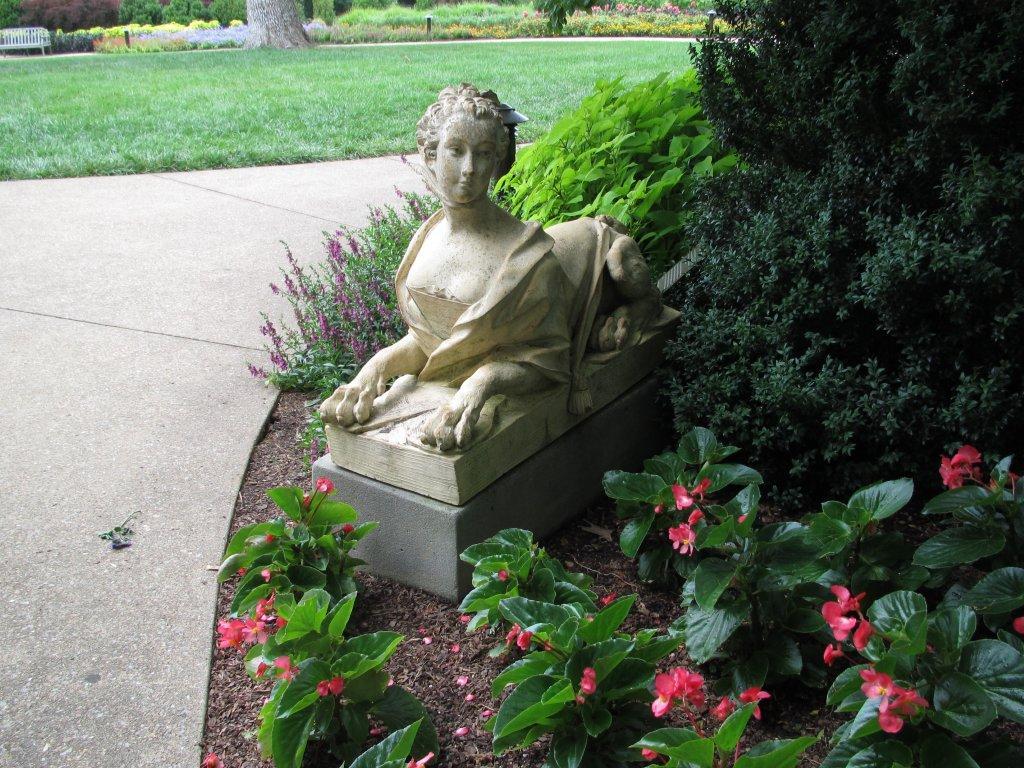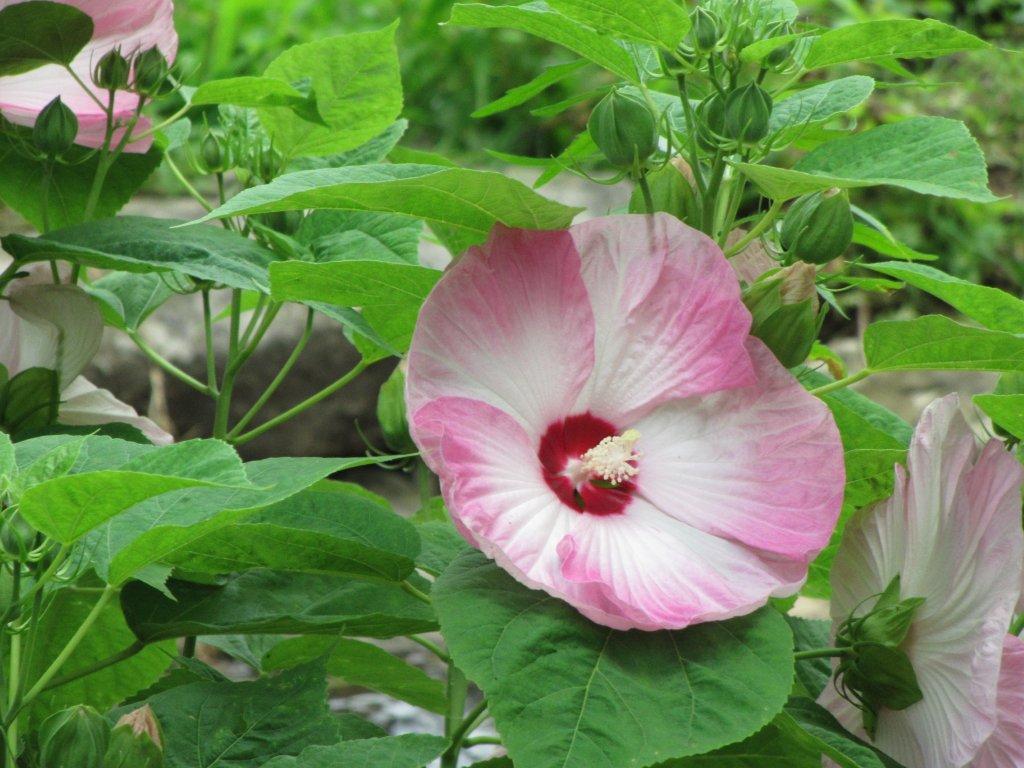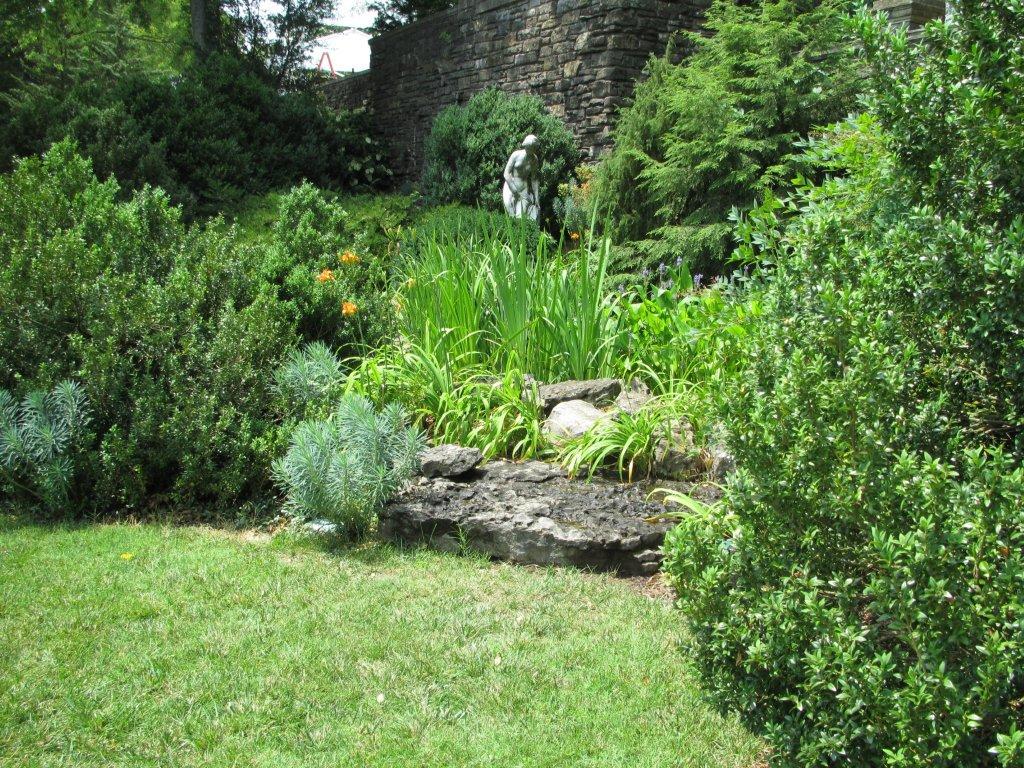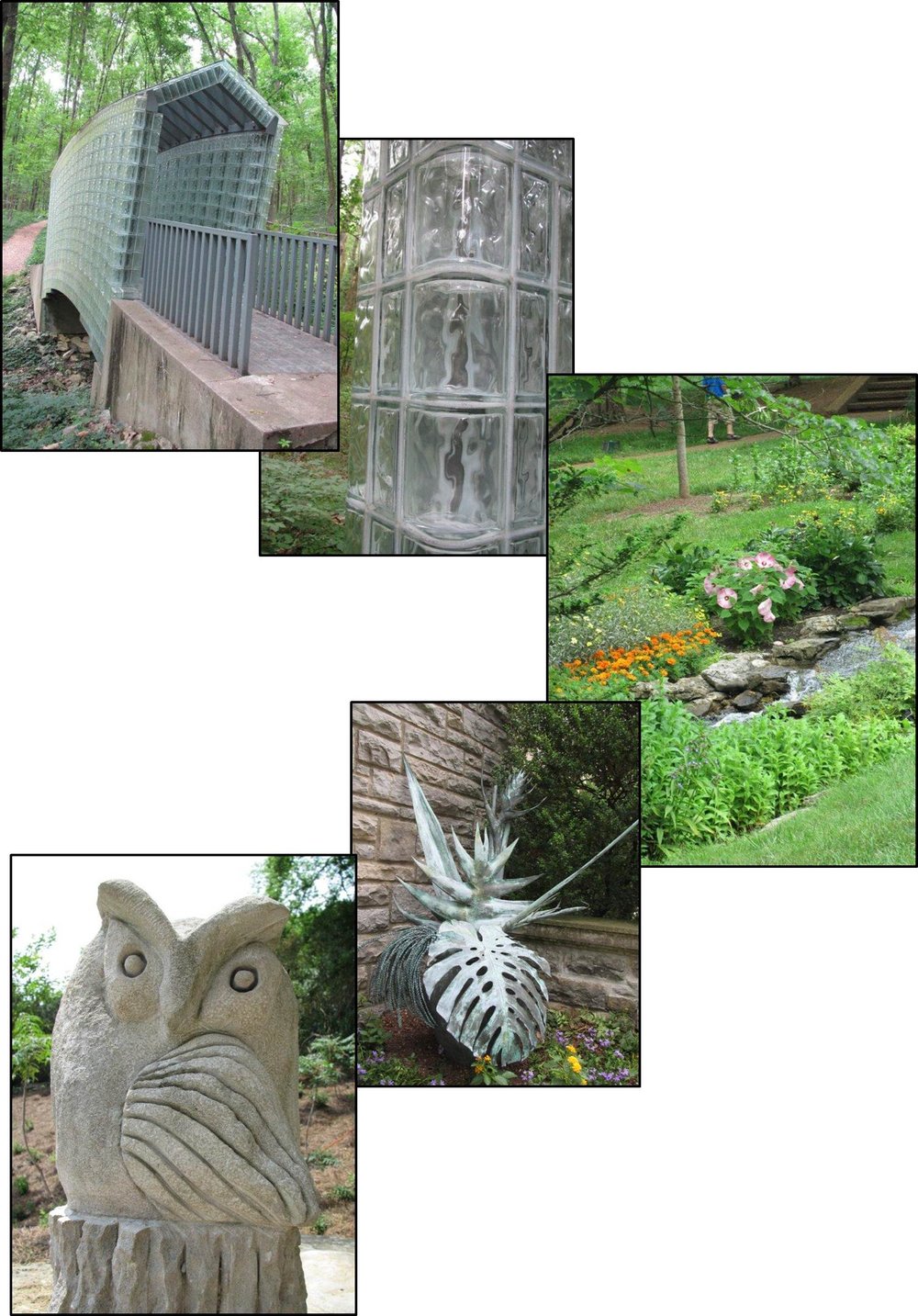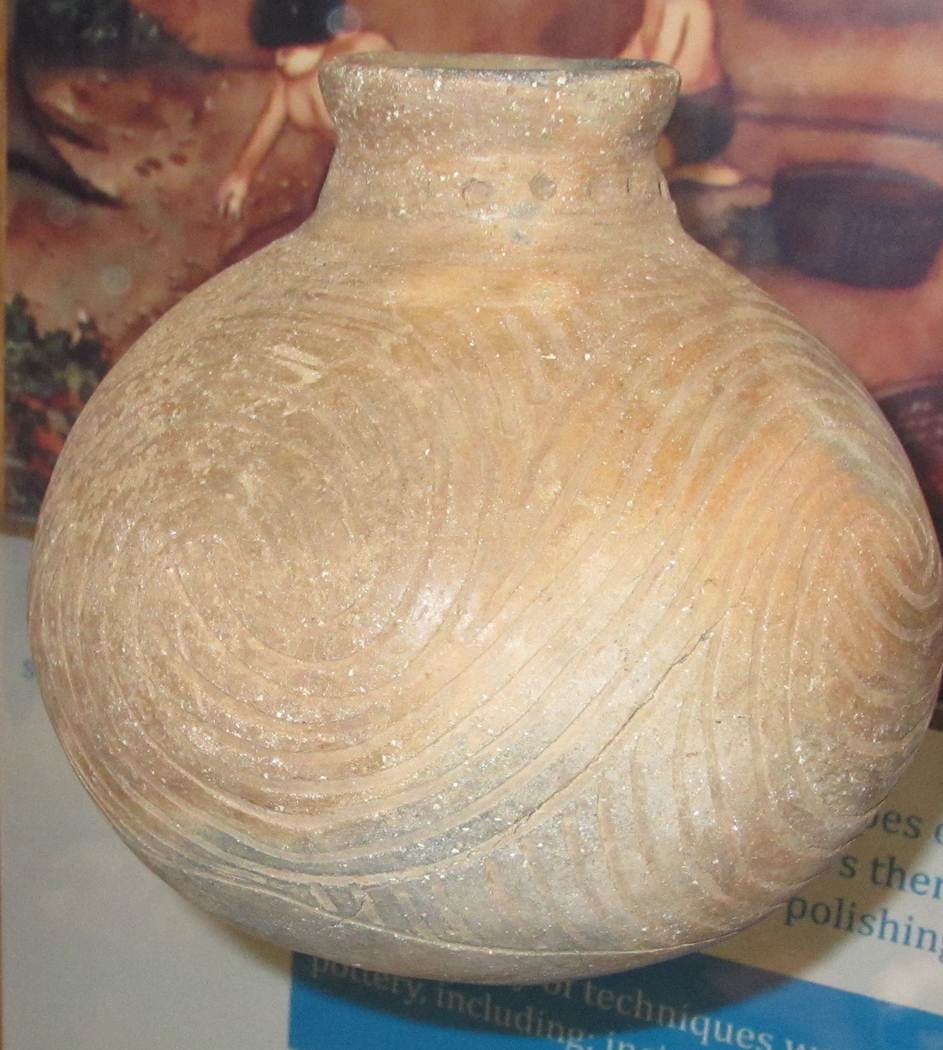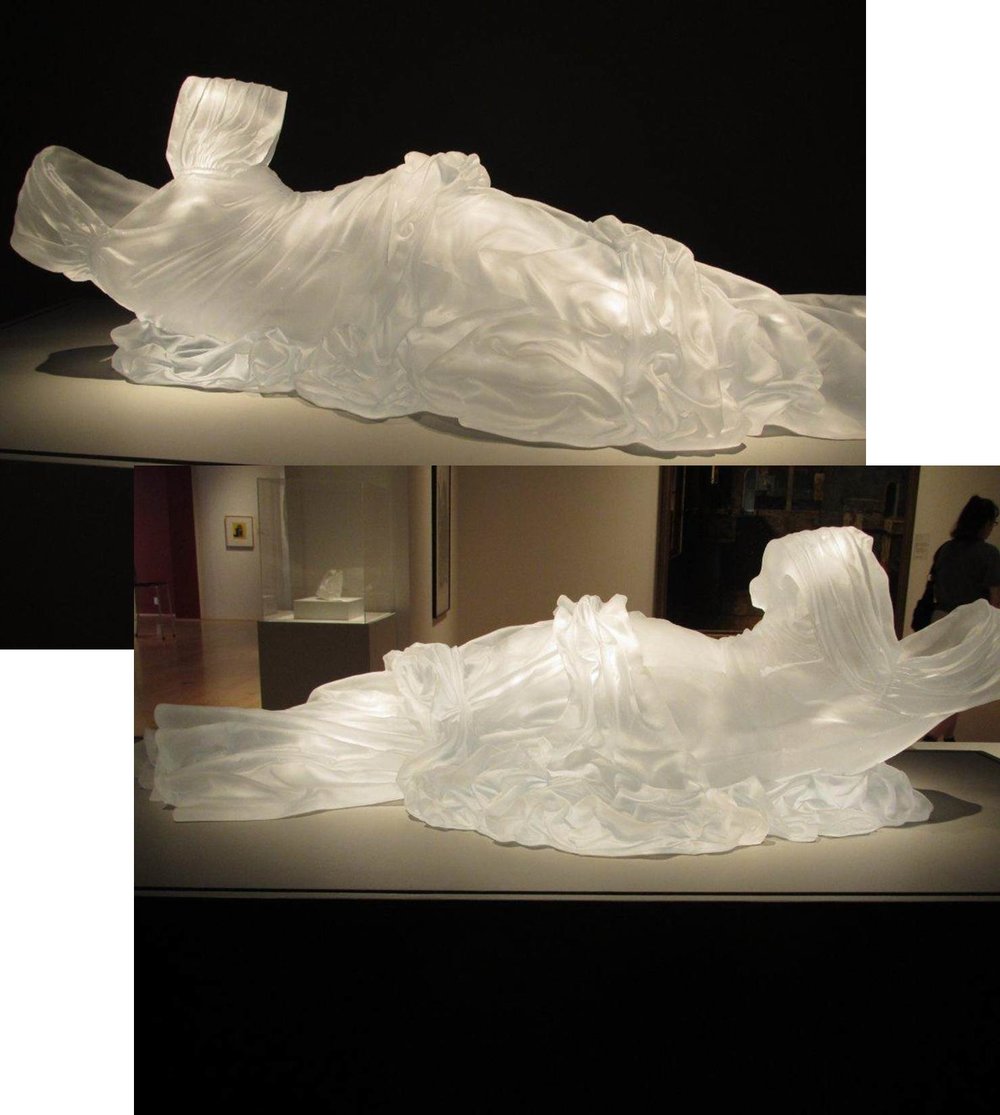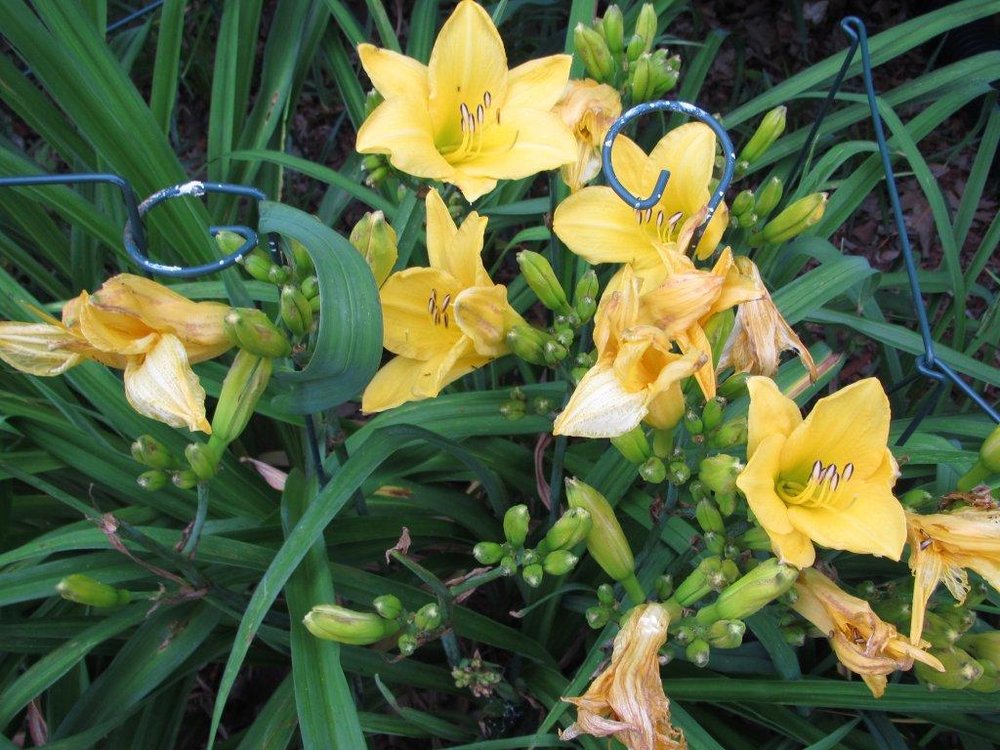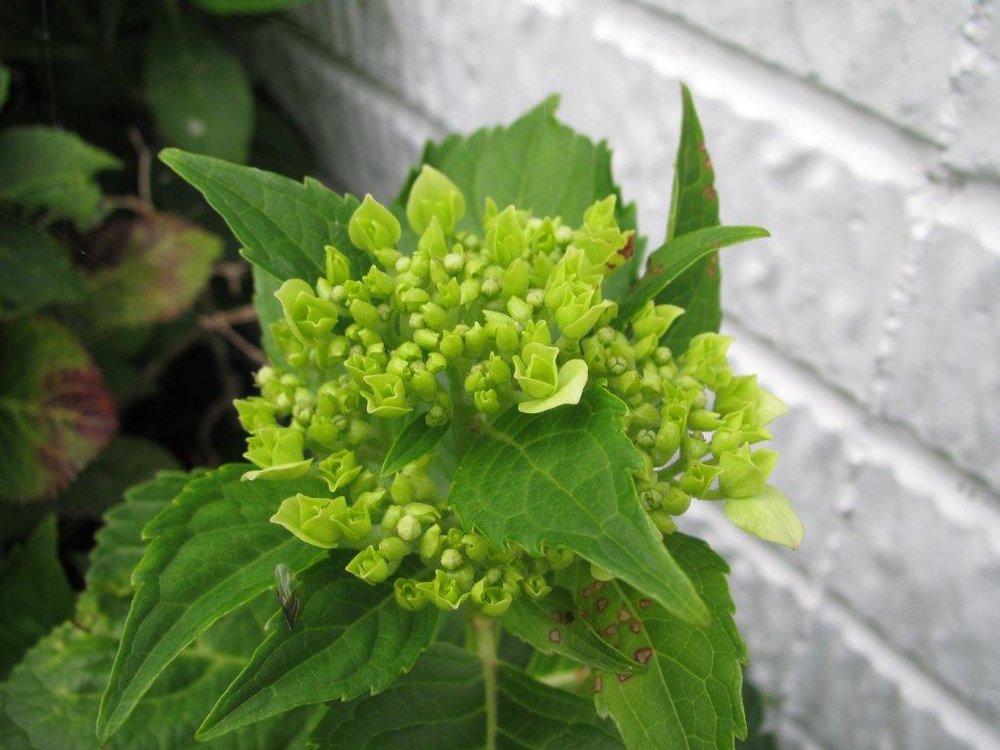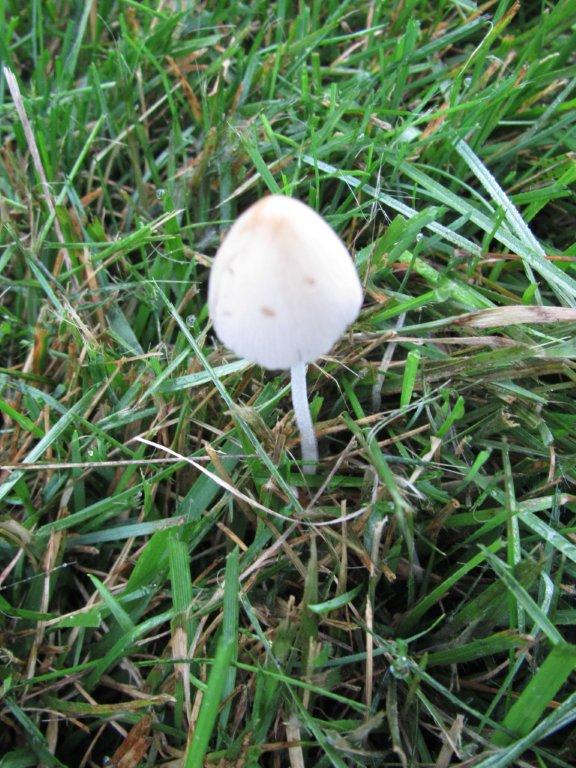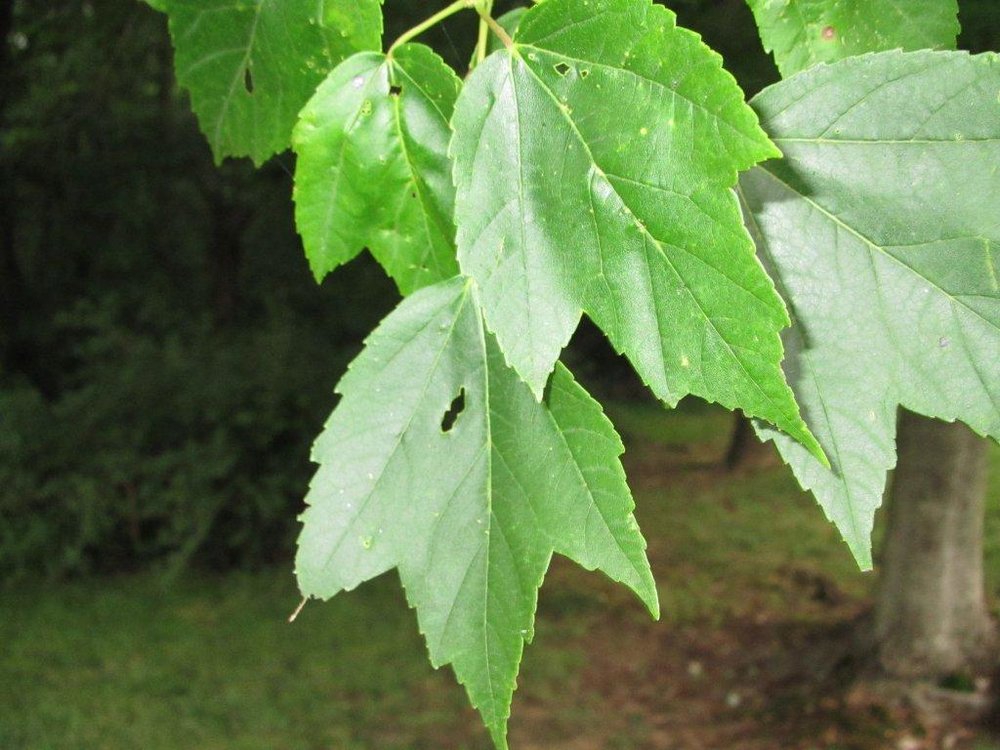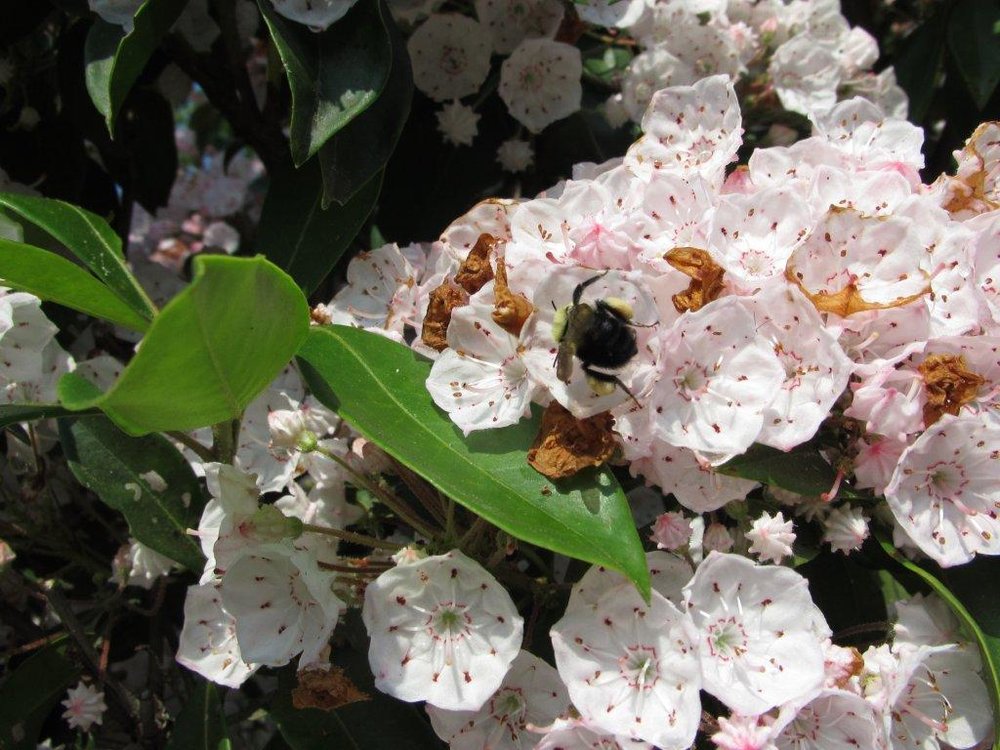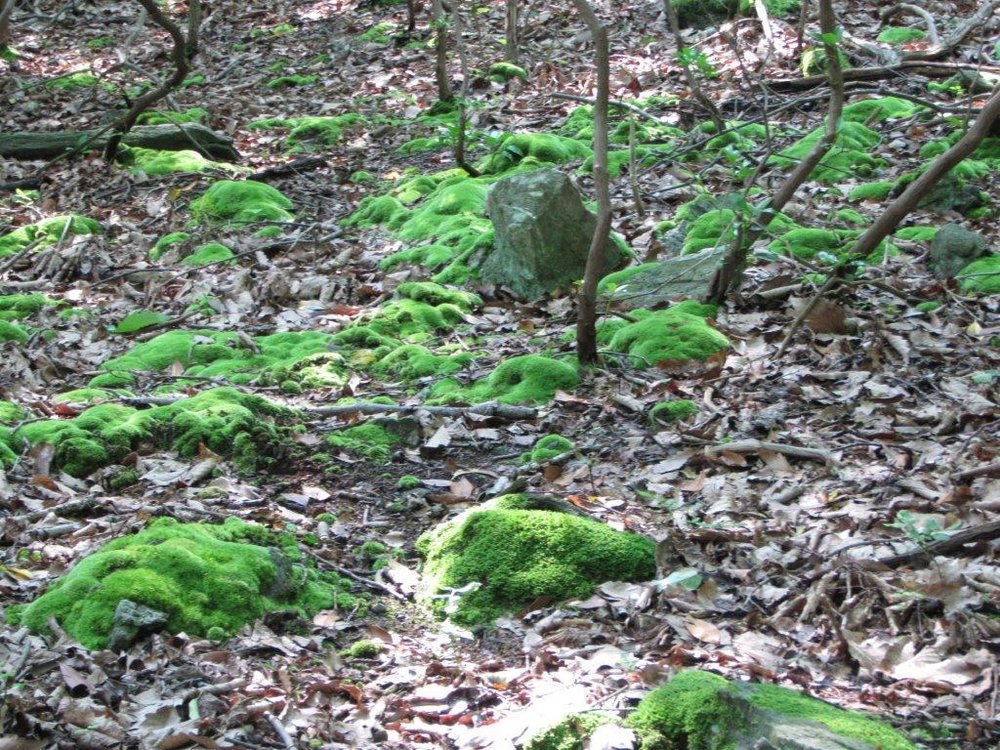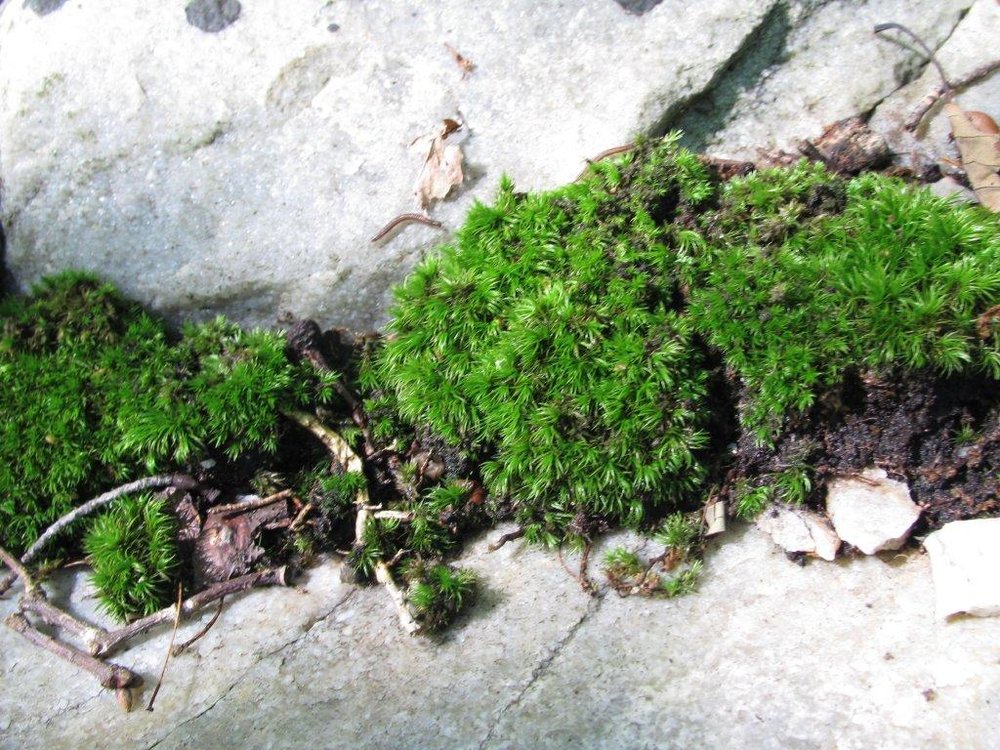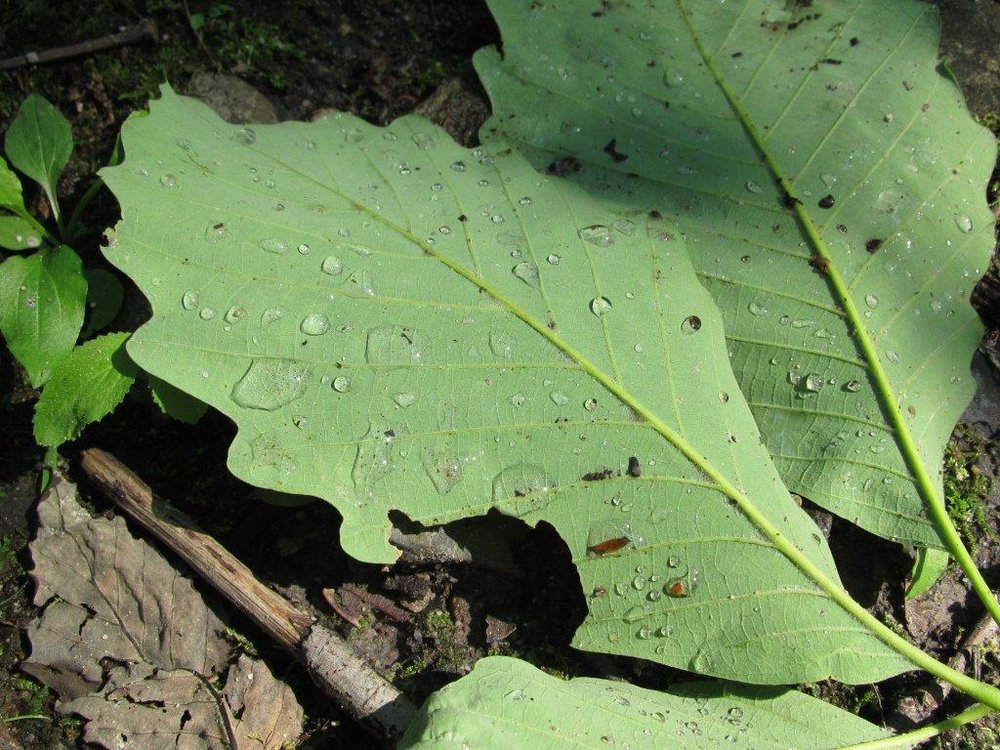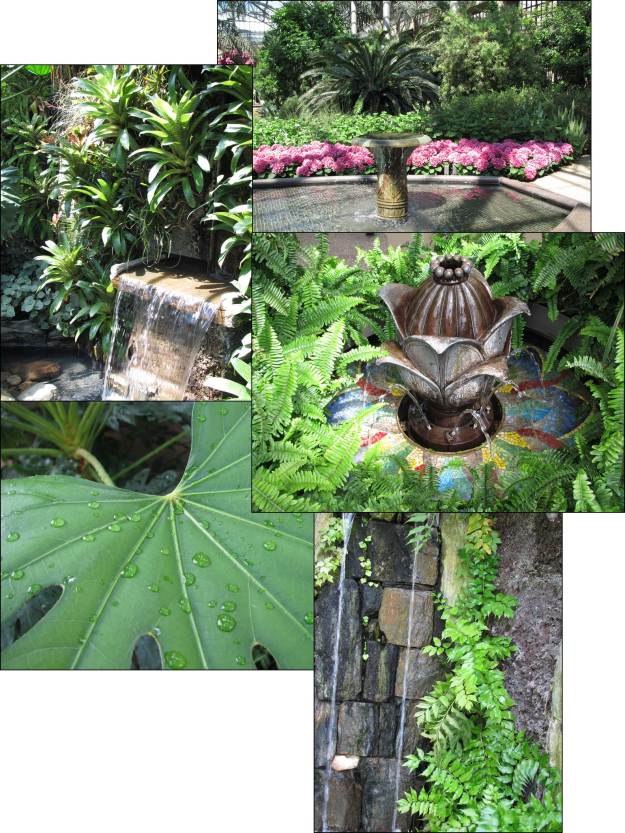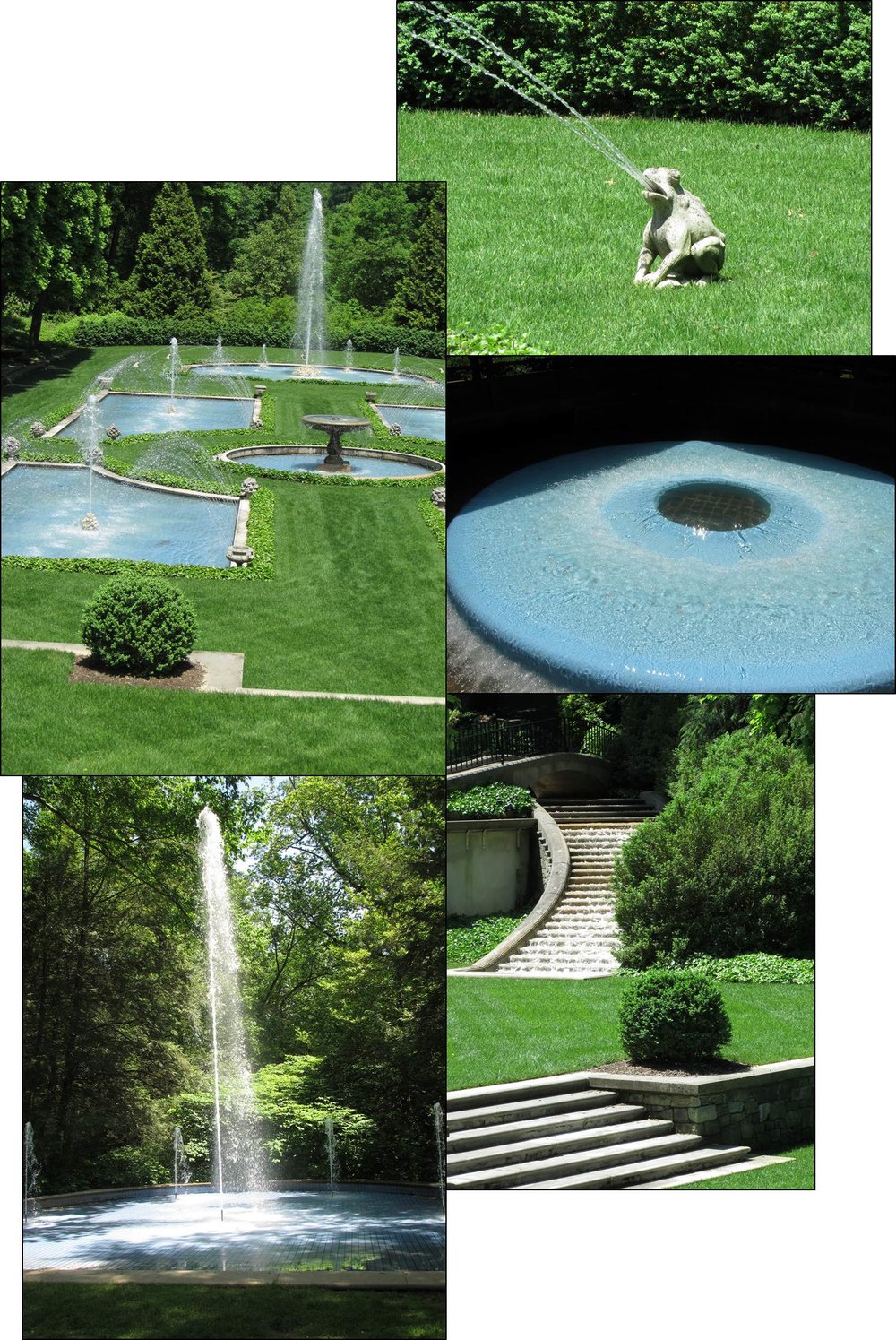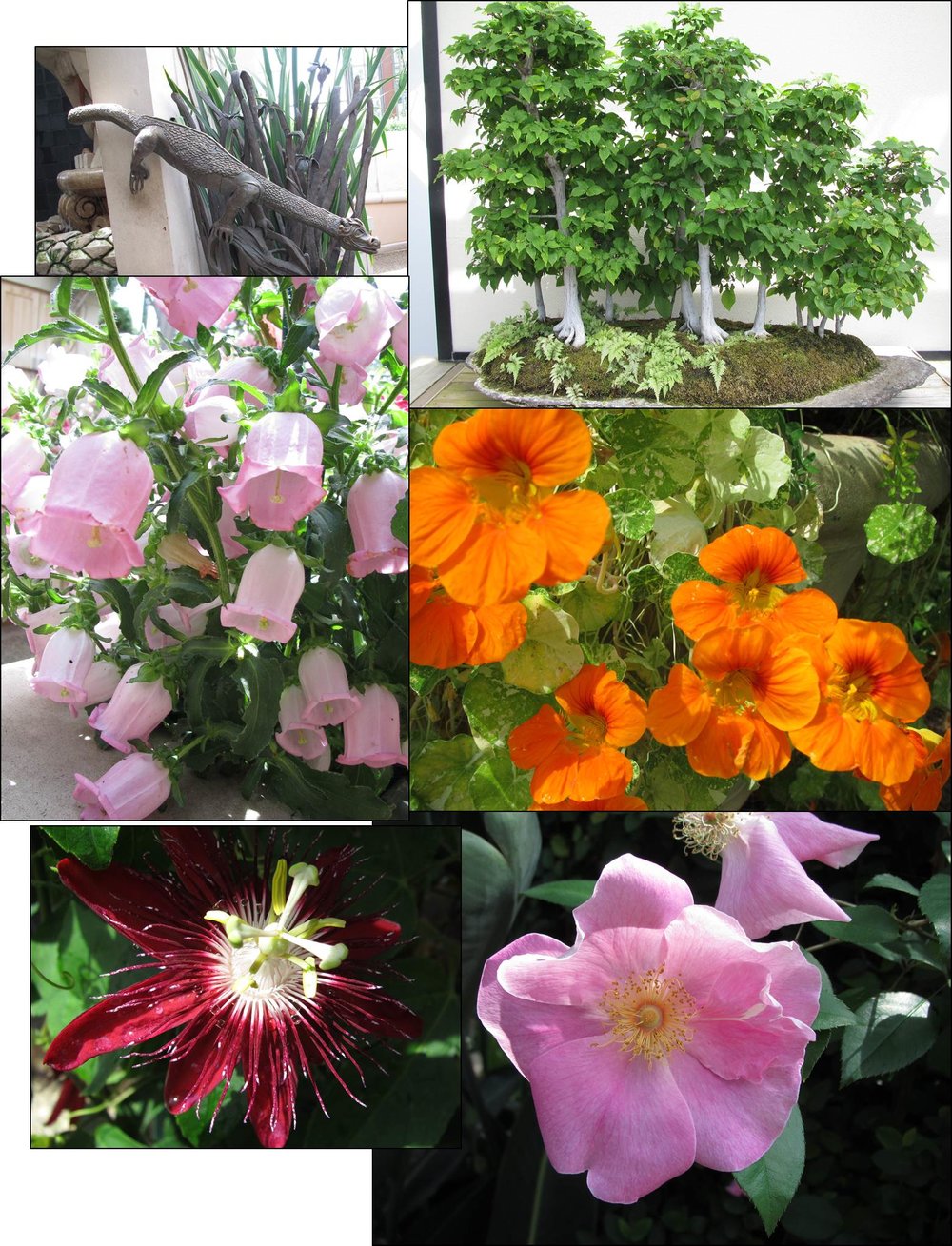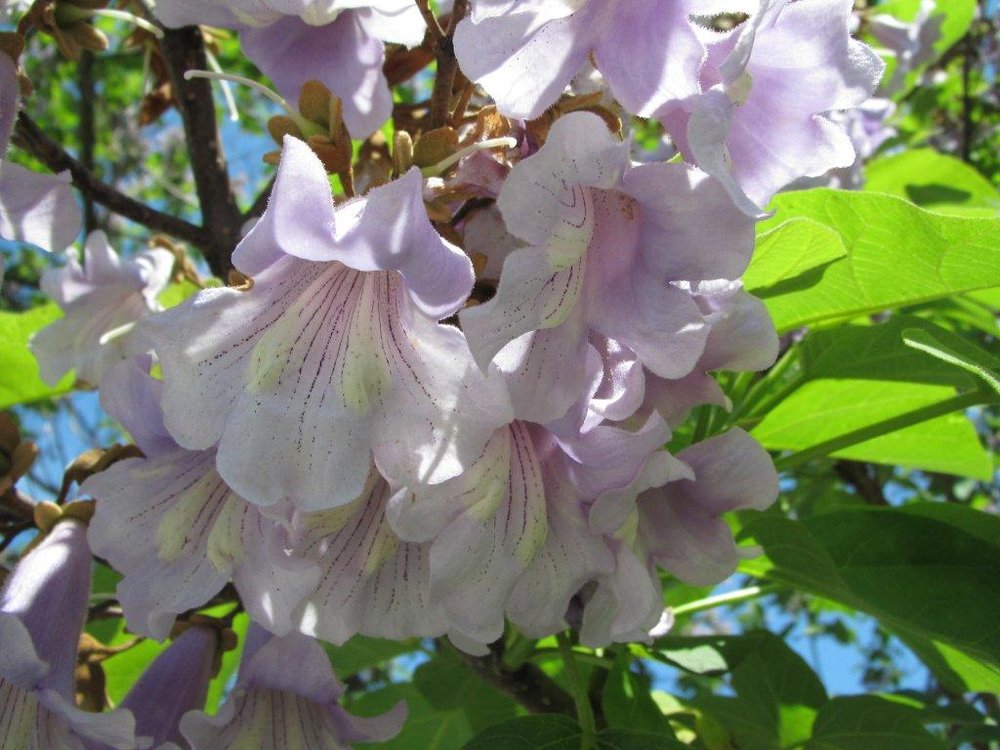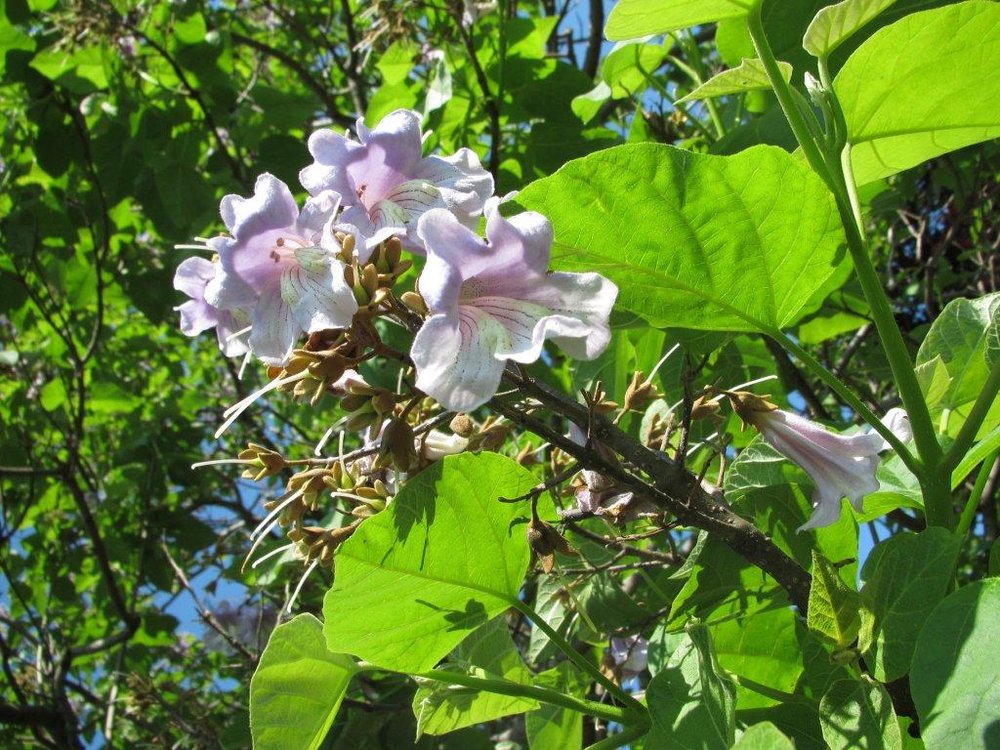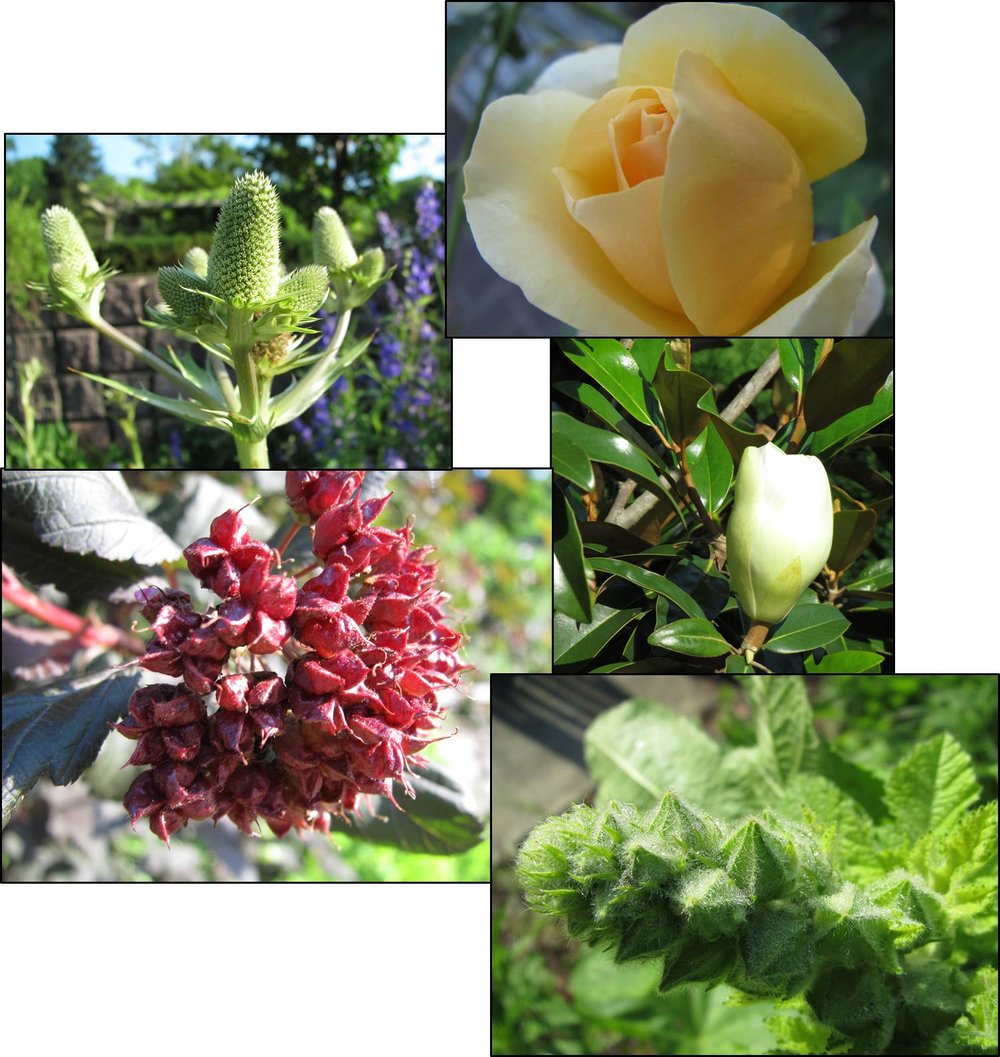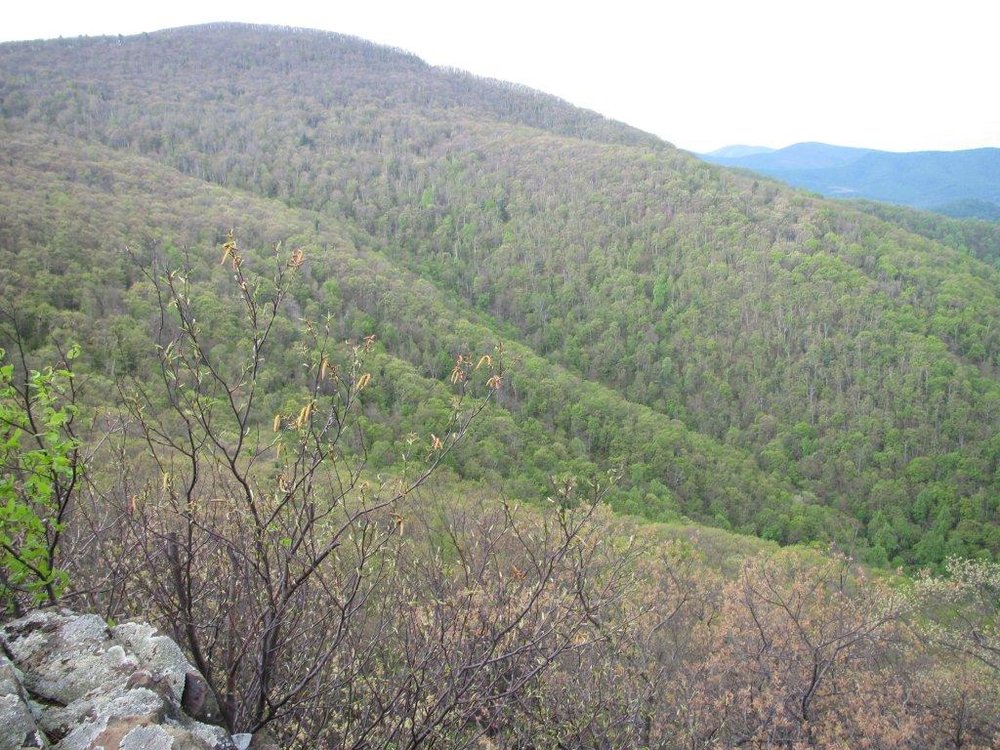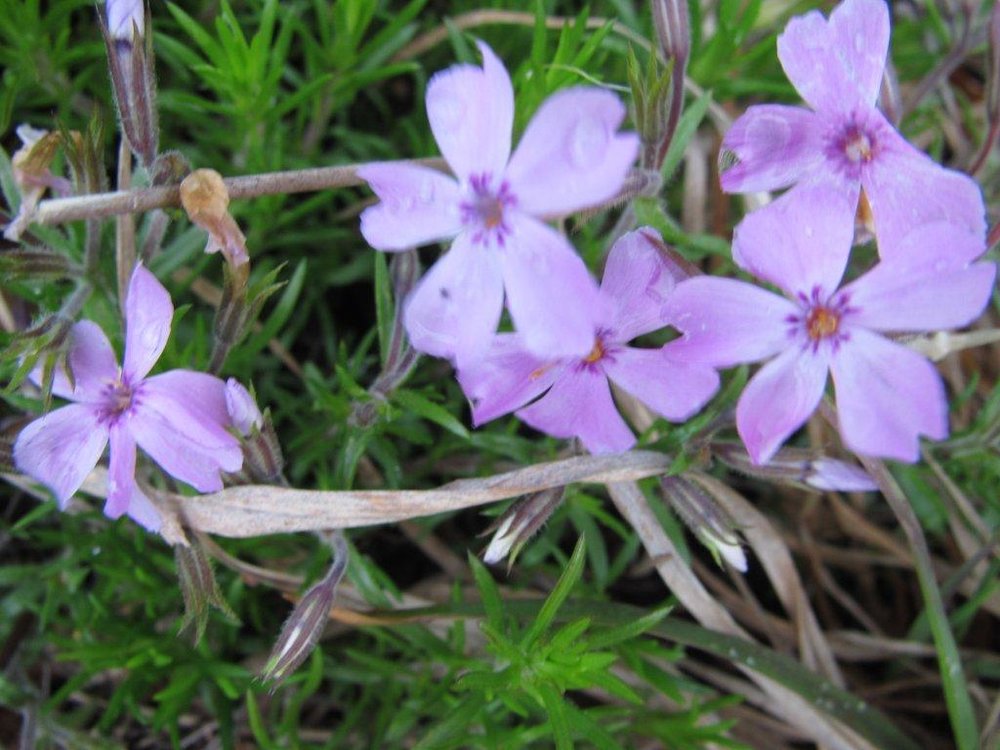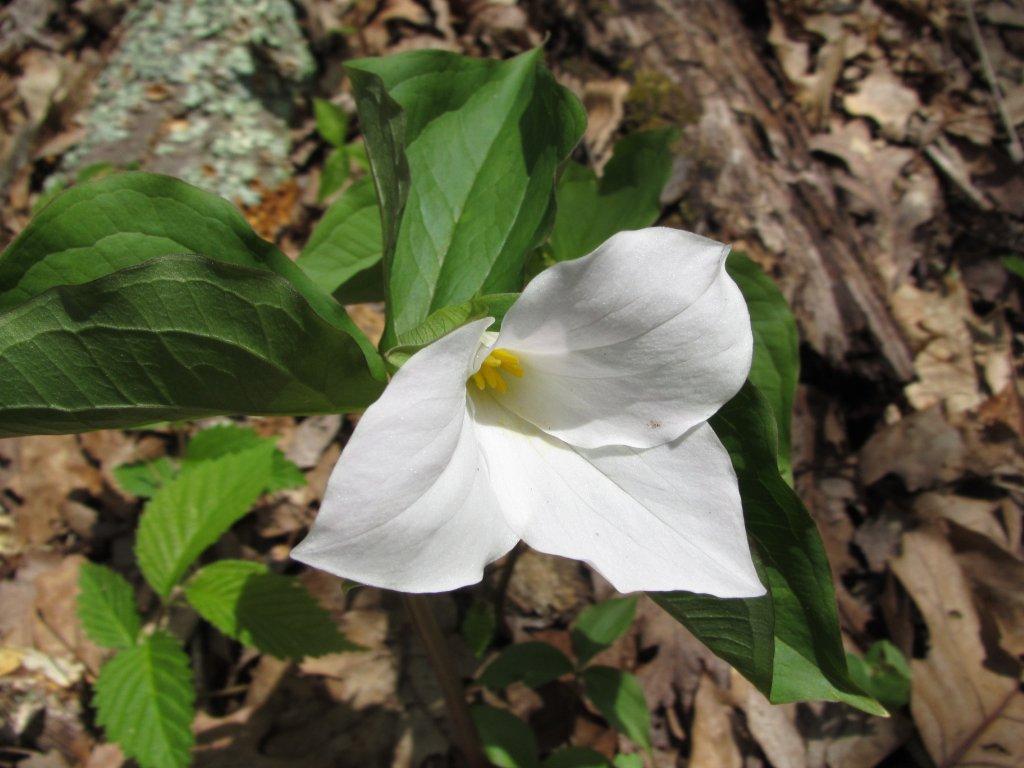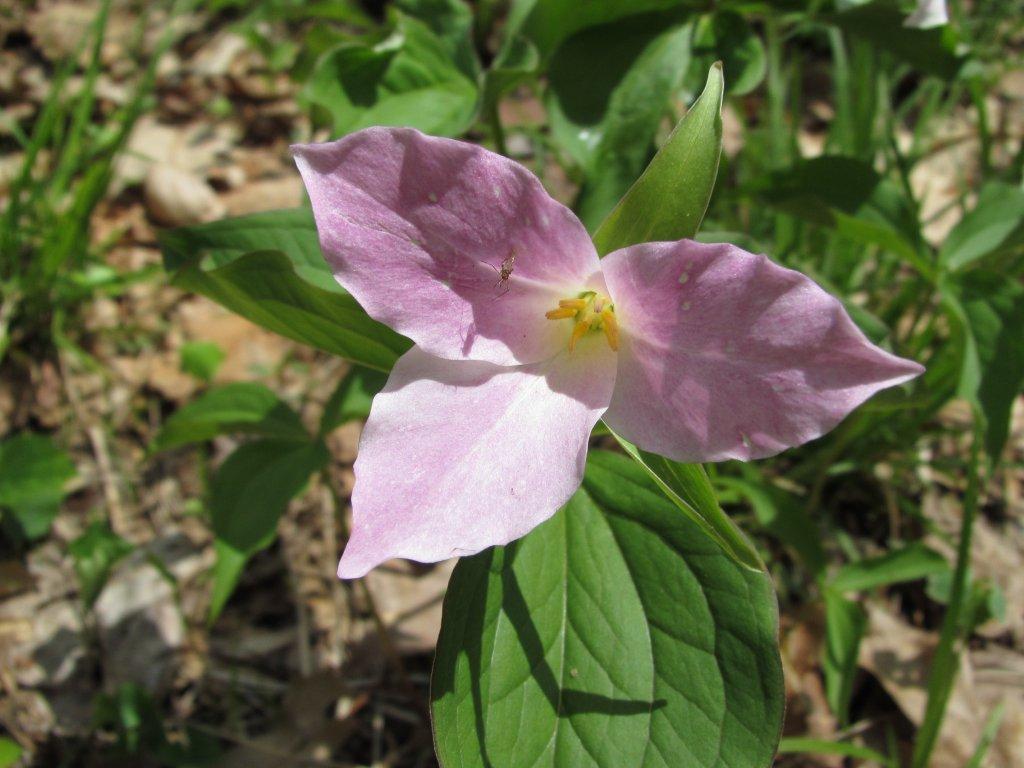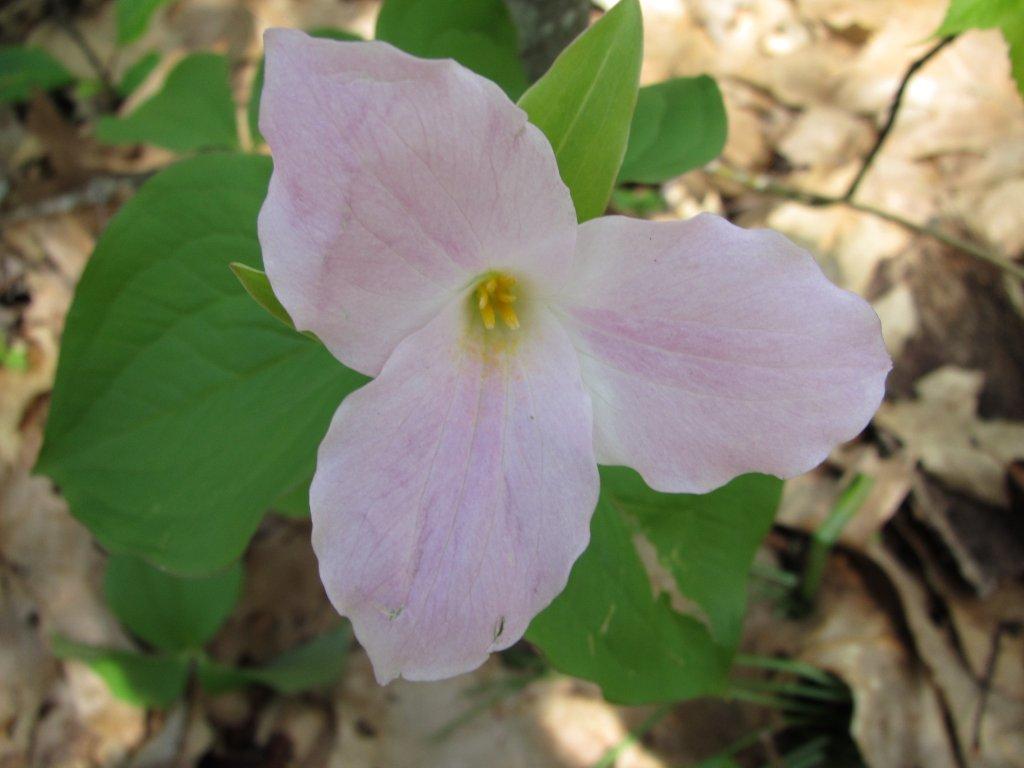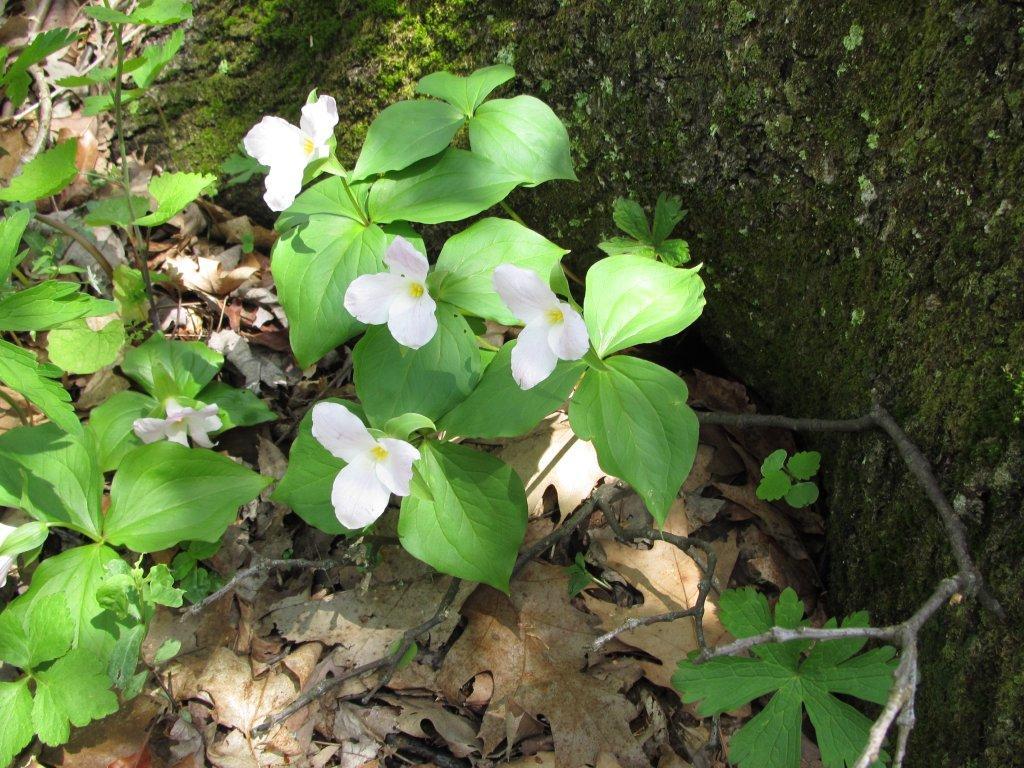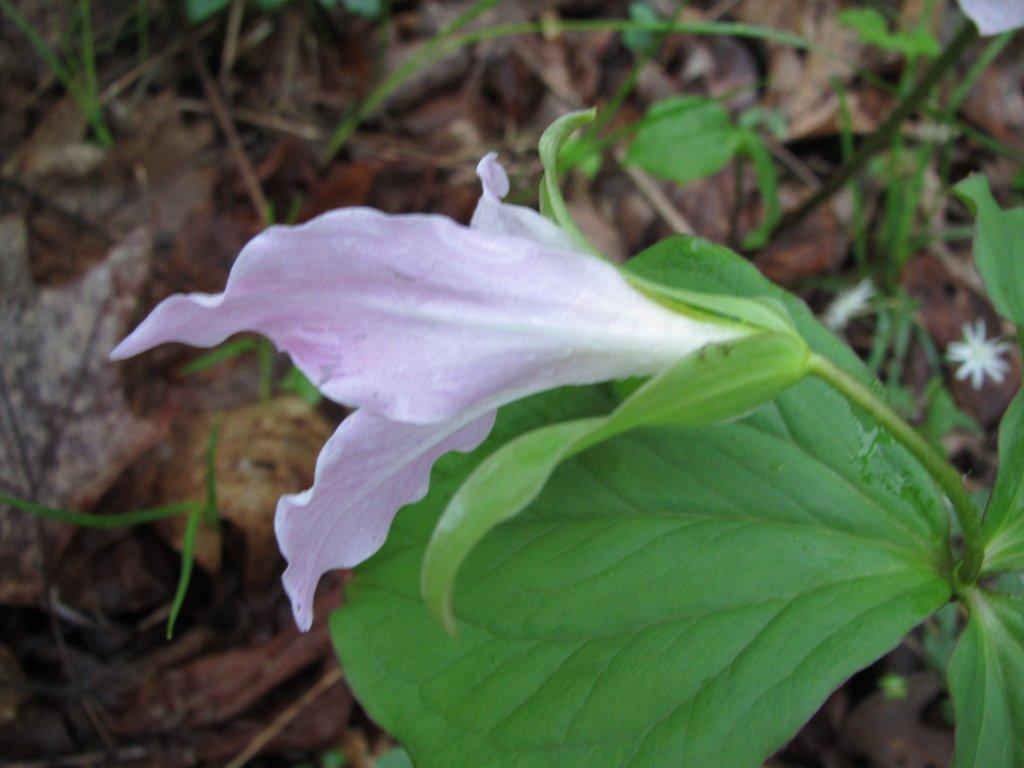Dallas Arboretum Chihuly - June 2012 - Part I
/The Dallas Arboretum is hosting an exhibit of Dale Chihuly glass through November 5th. I was there earlier this month and thoroughly enjoyed both the arboretum and the glass.
The Dallas Arboretum opened in 1984 and is on the bank of White Rock Lake. We were there when it opened at 9 AM - trying to ‘beat the heat’ of the day. We walked around and saw almost everything by about noon (even making a short tour of the DeGolyer Mansion that is included in the Arboretum).
The Dale Chihuly glass was placed in interesting settings within the gardens. The Blue Icicles (they look like blue yucca or aloes to me) were the first pieces we saw before we even bought our tickets. There was a tower of yellow icicles. The Blue Polyvitro Crystals were installed in a rocky creek - like chunks of blue ice. The Red and Blue Reeds stood in water or at its edges. Some were installed where mist would rise around them or in front of falling water. The Blue Marlins were in the area of rising mists. They somehow reminded me more of herons than marlins. The Dallas Star was in an allee of crepe myrtle. There was glass on boats with balls of glass floating around on the water. Some clear and white glass forms were in a pool mimicking the lotus leaves growing there. There was a fanciful piece with green mirrored glass called Mirrored Hornets. There were towers of reed pieces. Ones I liked the best were the Scarlet and Yellow Asymmetrical Towers.
Enjoy the first batch of pictures below….there will be more tomorrow. The blue font above indicates the pieces that are in today’s post.

